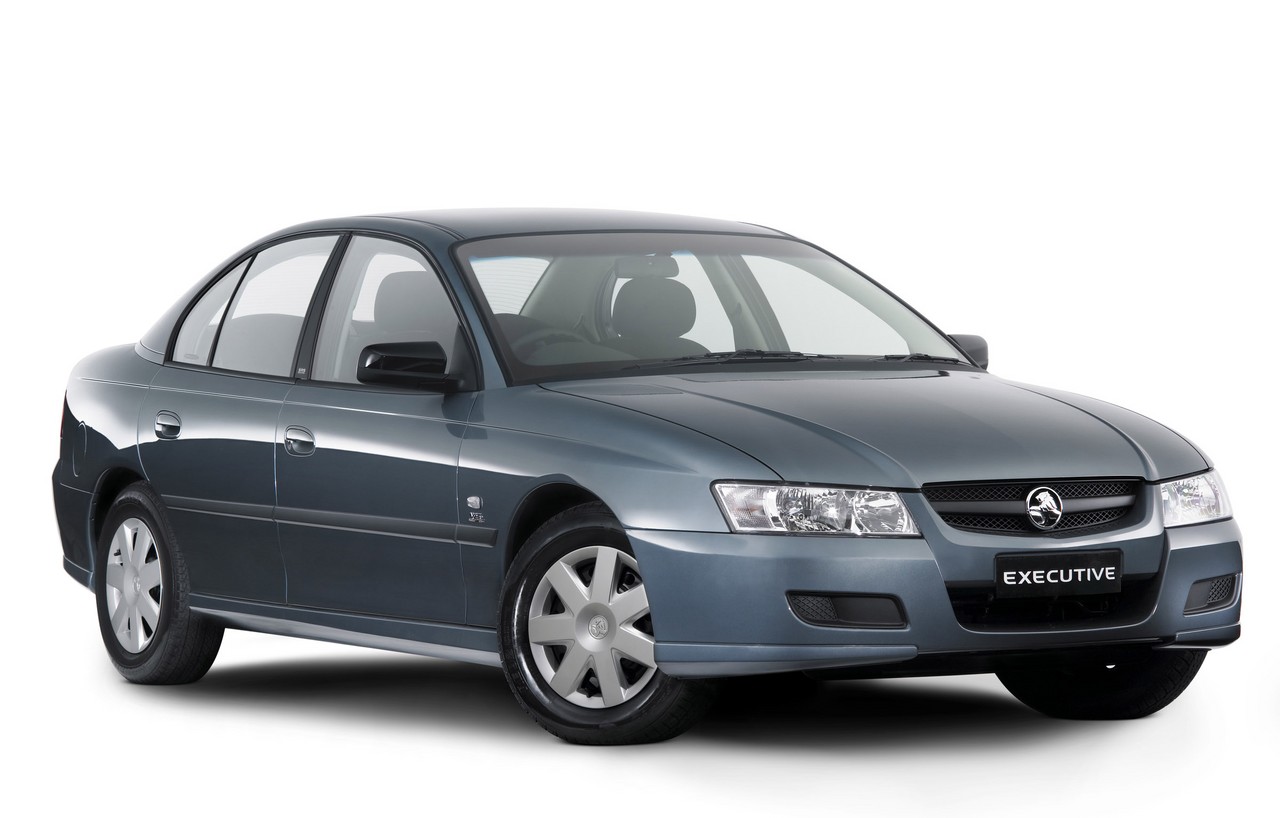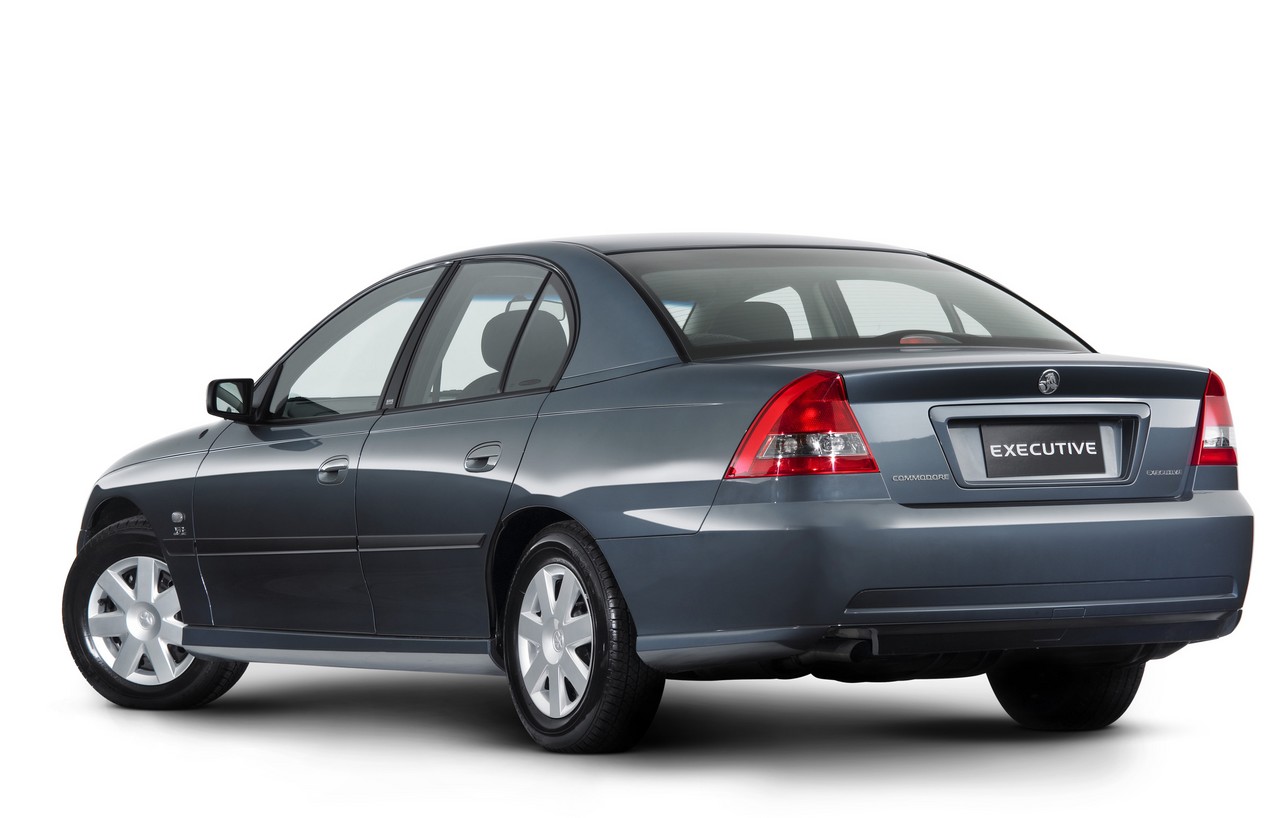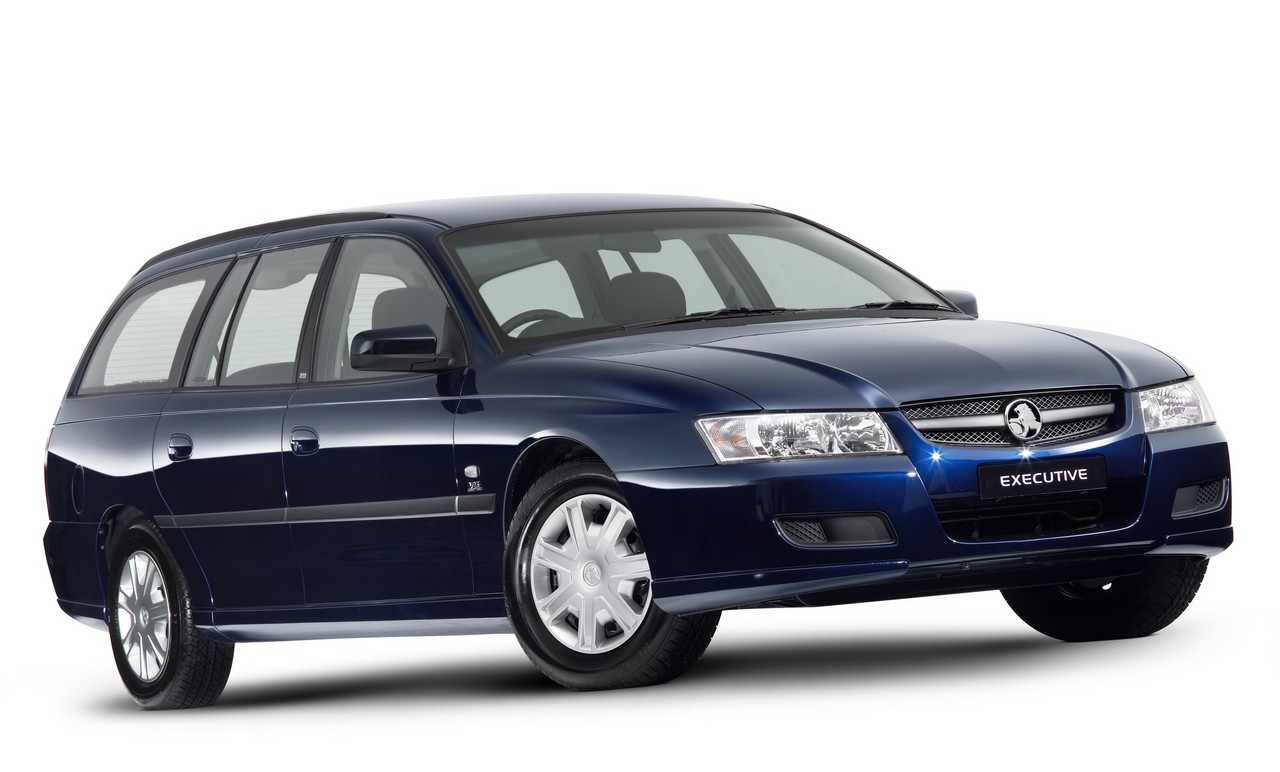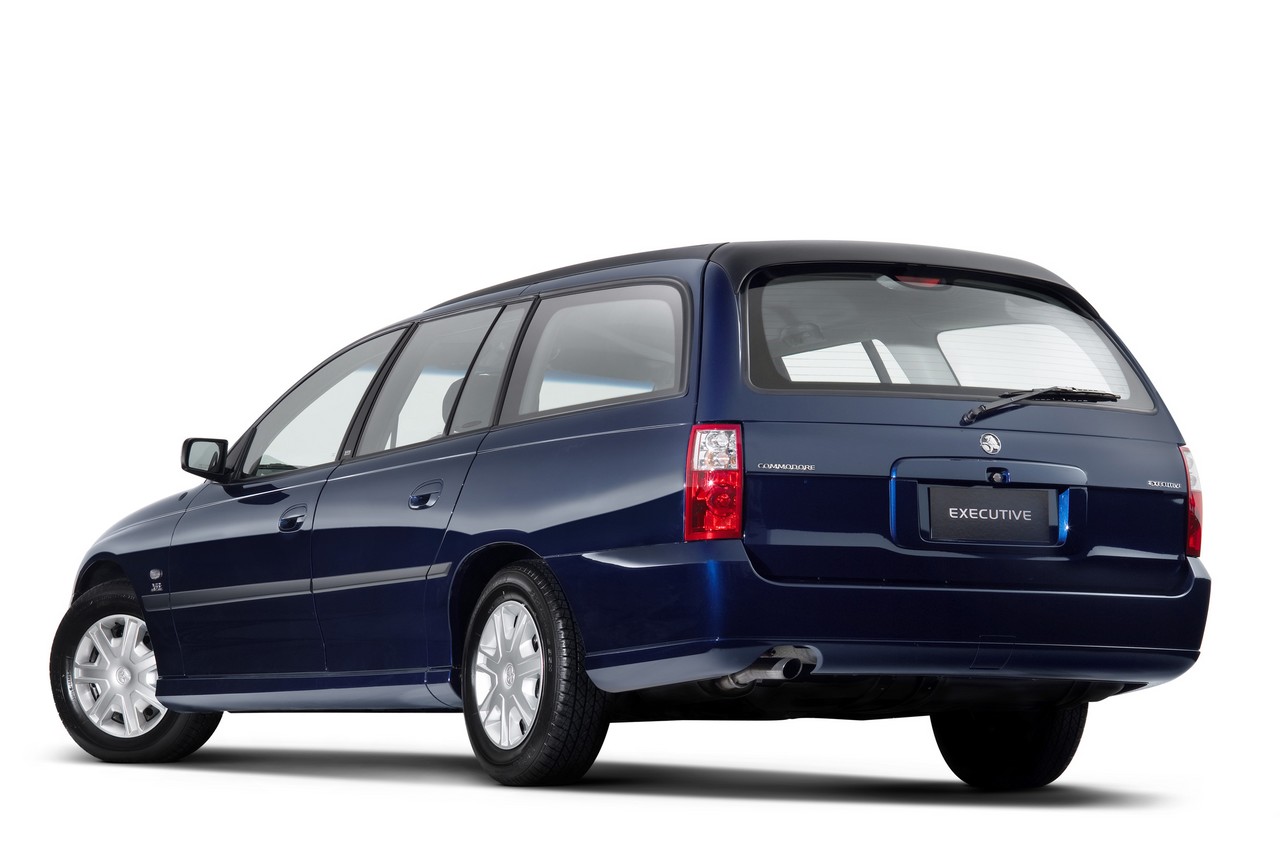Introduction
Manufactured in Port Melbourne, Australia, the Holden LE0 ‘Alloytec’ V6 engine was available from 2004 to 2010. Developed by GM Powertrain, the LE0 was part of General Motors’ High Feature V6 (HFV6) engine family; within General Motors’ ‘Regular Production Option’ (RPO) system, ‘LE0’ was the code for the reduced output HFV6 engine.
The LE0 and higher-output LY7 engines were closely related; the main differences between these engines were that the LE0 engine did not have variable exhaust camshaft phasing and, for the VZ/WL models, a variable intake manifold (VIM).
LE0 block and internals
The LE0 engine had a deep-skirt alloy cylinder block that was cast in 319 aluminium and had six-bolt main bearing caps made from copper-infiltrated sintered steel. Within the block, cast-in inter-bay breather vents reduced windage losses at high engine speeds, while the cast-iron cylinder liners were produced using a precision sand-casting process. The cylinders had a 60-degree V’ angle, 103.0 mm bore centres, 94.0 mm bores and an 85.6 mm stroke for a capacity of 3564 cc.
The LE0 engine had a micro-alloy 1038V forged steel crankshaft (more commonly found on high performance or diesel engines), sinter-forged steel connecting rods and aluminium pistons which had polymer-coated skirts and full-floating wristpins (24 mm diameter). Furthermore, pressure-actuated piston oil-jets cooled the underside of the pistons.
LE0 cylinder head and valvetrain
The LE0 cylinder heads were produced from semi-permanent mould 319 aluminium castings and featured convergent exhaust ports for maximum flow. The upper intake manifold was made from 319 sand-cast aluminium, while the lower manifold was made of 356-T6 aluminium.
The LE0 engine had double overhead camshafts (per cylinder bank) that were produced from cast nodular iron. Initially, the camshafts were driven by 9.5 mm pitch roller chains. In January 2006, however, the roller chains were replaced by inverted tooth chains which had a 7.7 mm pitch. For the accompanying changes, please see ‘January 2006 changes’, below.
The camshafts actuated the four valves per cylinder via roller follower valve lifters which had hydraulic lash adjusters. For the LE0 engine, the inlet camshafts had electronically-controlled, hydraulically-actuated camshaft phasing which was continuously adjustable and allowed camshaft timing through 50 degrees of crankshaft rotation.
The LE0 engine had a high-silicon moly (SiMo) nodular cast iron exhaust manifold, dual close-coupled catalytic converters and a single-pipe exhaust system.
Variable intake manifold (VIM)
With the release of Holden’s VE and WM model ranges, the LE0 was fitted with a variable intake manifold (VIM) which used an electrically-operated valve within the manifold to affect air charging. For engine speeds below 4000rpm, the valve was closed to reduce intake volume and air was supplied via two separate plenums. Beyond 4000rpm, the valve was open and all cylinders were fed from a common plenum, increasing ram cylinder charging efficiency for greater power.
Injection and ignition
The LE0 engine had sequential port fuel injection and a returnless fuel system. Furthermore, the LE0 engine had
- coil-on-plug ignition;
- extended-life (120,000 kms) spark plugs with dual-platinum electrodes;
- electronic throttle control; and,
- a compression ratio of 10.2:1.
For the VZ range, the LE0 engine had a 32-bit Bosch Motronic ME9 engine control unit (ECU). For the VE range, however, this was replaced by the Bosch E77 system which included digital crank and camshaft position sensors. Front and rear oxygen sensors were also introduced at this time to provide better cold start and cold running performance.
Power outputs
Initially marketed as the ‘Alloytec 175’ for the Holden VZ range, the LE0 engine produced 175kW at 6000rpm and 320Nm at 2800rpm. Significantly, however, 90 per cent of peak torque available from 1630 rpm to 5460 rpm. Maximum engine speed for the LE0 was 6100rpm.
Power and torque outputs for the LE0 engine are given in the table below. Please note that:
- For 2006, peak power was reduced from 175kW to 172kW as the engine was revised for Euro III emissions requirements; and,
- In November 2008, peak power was reduced from 180kW to 175kW for improved fuel economy and Euro IV emissions compliance.
January 2006 changes
In January 2006, the following changes were introduced for the LE0, LY7 and LW2 engines:
- The top piston ring underwent nitride treatment for greater durability;
- The crankshaft balancer was changed from a three to a six spoke design;
- For Euro III emissions compliance, the engine was detuned, fitted with new fuel injectors and a new catalytic converter; and,
- The camshaft drive chains were changed from a 9.5 mm roller chain to a 7.7 mm inverted tooth design (known as a ‘silent’ or ‘Morse’ chain). In turn, this led to changes in:
- The camshaft, crankshaft and intermediate drive sprocket tooth shapes;
- Camshaft actuators, tensioners, chain idler sprockets and chain guides;
- The front engine covers;
- The camshaft covers; and,
- The camshafts sensors were switched from analogue to digital operation – this resulted in a change to the engine harness connector for these components.
| RPO | Engine | Peak power | Peak torque | Models | Years |
|---|---|---|---|---|---|
| LE0 | 3.6-litre petrol V6 |
175kW at 6000rpm | 320Nm at 2800rpm | VZ Commodore, VZ Berlina, VZ Ute, VZ Crewman, VZ One Tonner |
2004-05 |
| 172kW at 6000rpm | 320Nm at 2800rpm | VZ Commodore, VZ Berlina, VZ Ute, VZ Crewman |
2006-07 | ||
| 180kW at 6000rpm | 320Nm at 2600rpm | VE Commodore, VE Berlina |
2006-08 | ||
| VE Ute | 2007-10 | ||||
| VE Sportwagon | 2008 | ||||
| 175kW at 6500rpm | 325Nm at 2400rpm | VE Commodore, VE Berlina, VE Sportwagon, VE Ute |
2008-09 |
LE0 V6 engine: stretched timing chains
In January 2006, 7.7 mm inverted tooth timing chains were introduced for the LE0, LY7 and LW2 engines, replacing 9.5 mm pitch roller chains. For some – but not all – of these timing chains, the chain links were not manufactured in accordance with design specifications and the chains could become elongated (also known as ‘stretched timing chains’). According to GM Bulletin H08-0601-01, chain elongation was expected to occur in early engine life (i.e. 10,000 kms to 20,000 kms). There have, however, been reports of timing chain elongation occurring at significantly higher kilometres.
Elongation of the timing chains would cause,
- the Malfunction Indicator Lamp (MIL or ‘Check Engine’ light) to illuminate; and
- the ECU to log fault codes P0008, P0009, P0016, P0017, P0018 and P0019 which indicated that camshafts on either bank of the engine were misaligned with the crankshaft.
The engines with timing chains susceptible to elongation were produced from January 2006 to engine build date 18 May 2007 (18/5/2007); this production range corresponded to engine numbers between H053340001 and H071380576.
The typical chain elongation observed was a minimum of 3 mm on a doubled-up chain. Where the timing chains had become elongated, they had to be replaced. The idlers, guiders and tensioners, however, did not require replacement, though the guides should be inspected for any abnormal wear.






